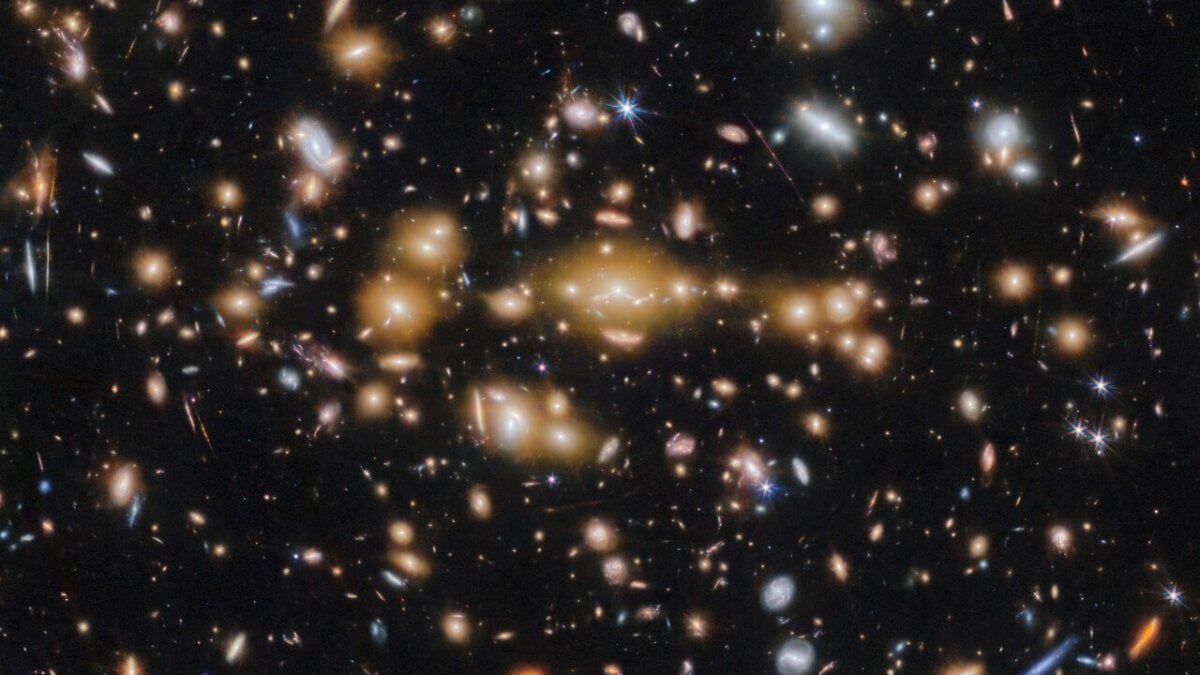Time: 2024-06-30

A recent discovery by NASA's James Webb Space Telescope (JWST) confirmed that luminous, very red objects previously detected in the early universe upend conventional thinking about the origins and evolution of galaxies and their supermassive black holes. An international team led by Penn State researchers identified three mysterious objects in the early universe, about 600-800 million years after the Big Bang. The team announced the discovery in Astrophysical Journal Letters.
Researchers found signatures of "old" stars far older than expected in a young universe. Moreover, they were surprised to discover signatures of huge supermassive black holes in these objects, estimating them to be 100 to 1,000 times more massive than the supermassive black hole in the Milky Way, which defies current models of galaxy growth.
The James Webb Space Telescope, equipped with infrared-sensing instruments, allows scientists to see back in time roughly 13.5 billion years, near the beginning of the universe. The telescope's capabilities have revealed unique objects in early galaxies, including old stars and supermassive black holes.
Astronomers have utilized the Webb telescope to peer into some of the deepest cosmos and captured views of Star clusters inside extremely ancient galaxies. These star clusters existed just 460 million years after the universe's creation. The telescope's unprecedented sensitivity and a natural phenomenon called gravitational lensing enabled this discovery.
Webb's powerful abilities include its giant mirror, which is over 21 feet across, allowing it to capture more light and see more distant, ancient objects. Unlike the Hubble Space Telescope, Webb primarily operates as an infrared telescope, penetrating cosmic clouds more efficiently. It is also equipped with spectrographs to study exoplanets in the Milky Way galaxy.
In conclusion, the James Webb Space Telescope has revolutionized our understanding of the universe by capturing unique objects in early galaxies and providing unprecedented insights into the origins of stars, galaxies, and supermassive black holes. Its discoveries have challenged existing models of cosmic evolution and prompted further exploration and observation to unravel the mysteries of the universe.